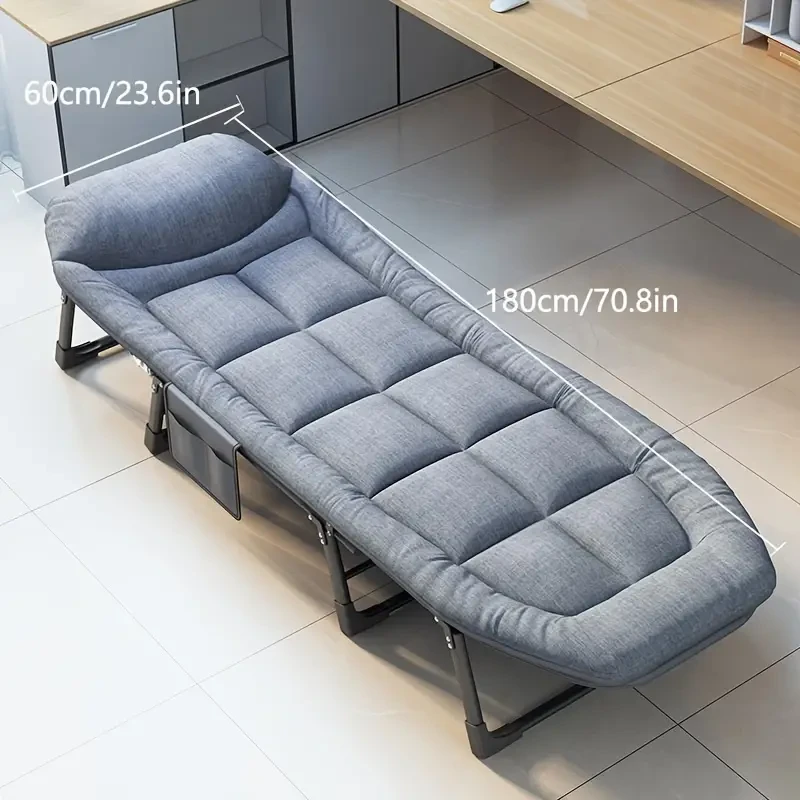




Human Skull Model Bone Suture Skull With Cervical Spine Model
Approx $148.30 USD
Introduction to the Human Skull Model with Bone Sutures and Cervical Spine
The Human Skull Model with Bone Sutures and Cervical Spine is a comprehensive anatomical model designed to provide a clear view of skull bones, cranial sutures, and the upper cervical spine. This model features detailed representations of bone sutures and the seven cervical vertebrae, making it ideal for studying cranial anatomy, spinal alignment, and their interconnected functions. Perfect for medical students, healthcare professionals, and educators, this model is an invaluable resource for anatomy courses, clinical training, and patient education in New Zealand. With realistic detailing and durable construction, the Skull and Cervical Spine Model is an essential tool for exploring head and neck anatomy.
H2: Key Features of the Human Skull Model with Bone Sutures and Cervical Spine
1. Realistic Depiction of Skull Anatomy with Bone Sutures
This model provides an accurate representation of human skull anatomy, including individual bones and the cranial sutures that connect them. Each suture is clearly marked to reflect its role in joining skull bones, helping students and professionals understand the structure and development of the cranial bones. The detailing of each bone and suture is essential for those studying skull anatomy and its role in protecting the brain.
2. Detailed Cervical Spine Anatomy
The model includes the seven cervical vertebrae (C1–C7), providing a complete view of the cervical spine’s structure and its connection to the skull. Each vertebra is crafted to reflect its unique shape and function, including details such as the atlas (C1) and axis (C2), which allow for head rotation and movement. This addition allows learners to understand the interplay between the skull and spine in supporting the head and enabling movement.
3. Color-Coded Bone Sutures for Easy Identification
The model features color-coded sutures, such as the coronal, sagittal, lambdoid, and squamous sutures, allowing users to easily distinguish each one. This color-coding enhances learning by helping students identify cranial connections and understand the different sections of the skull. The clear distinctions make it easier for visual learners to comprehend the relationships between the skull bones.
4. High-Quality, Durable Materials
Constructed from premium, non-toxic materials, this model is built for durability and frequent handling, making it suitable for educational and clinical environments. The high-quality materials ensure that the model retains its shape and detail over time, providing a reliable resource for ongoing study and demonstration. This durability is essential for New Zealand’s medical institutions and training programs.
5. Removable Skull Cap and Articulating Joints
Many models include a removable skull cap to provide access to the inner structure of the skull and brain cavity. The articulating joints of the cervical spine allow for movement, which demonstrates the flexibility and range of motion in the neck. This feature is particularly useful for understanding cranial structure, spinal alignment, and the mechanics of head movement.
6. Compact and Display-Ready Design
The compact and stable design makes the model suitable for display on desks, shelves, or demonstration tables in classrooms and clinics. Its display-ready format is ideal for educational and clinical settings, allowing it to be used for both demonstration and patient education. This portability makes the model convenient for New Zealand educators and healthcare professionals who require a versatile teaching tool.
H2: Why Choose the Human Skull Model with Bone Sutures and Cervical Spine?
1. Essential for Cranial and Cervical Anatomy Education
This skull and cervical spine model is indispensable for studying cranial and spinal anatomy, particularly for students in medical and health sciences. It provides a comprehensive view of the head and neck structures, making it an ideal resource for understanding the relationship between skull bones and cervical vertebrae. For students and professionals in New Zealand, this model brings anatomy lessons to life, connecting theoretical knowledge with practical understanding.
2. Ideal for Neurology, Orthopedics, and Dental Training
The model is invaluable in fields such as neurology, orthopedics, dentistry, and even otolaryngology. Trainers can use it to illustrate cranial sutures, vertebral alignment, and head movement. For those studying dentistry or maxillofacial surgery, the model provides insight into the cranial base and facial bones, making it a versatile resource across various specialties.
3. Supports Visual and Kinesthetic Learning
The model caters to visual and kinesthetic learners, making it versatile for different learning styles. The color-coded sutures support visual learning, while removable and movable parts enable kinesthetic learners to interact directly with the model. This hands-on approach enhances retention and makes learning about cranial and spinal anatomy more effective.
4. Useful for Exam Preparation and Practical Assessments
For students preparing for exams or practical assessments, this model serves as a valuable study aid. Its realistic design and labeled parts make it easy to review skull sutures and cervical vertebrae, reinforcing knowledge essential for anatomy exams. Medical and dental students benefit from this interactive approach to studying head and neck anatomy.
5. Educational Display for Clinics and Classrooms
Beyond its educational function, the Skull and Cervical Spine Model serves as an informative display in clinics, classrooms, and training facilities. In clinical settings, it provides a visual aid for explaining head and neck anatomy, helping patients understand conditions related to the skull and cervical spine. For educators and healthcare providers in New Zealand, this model promotes understanding of cranial and spinal health, supporting conversations about injury prevention and anatomical care.
H2: Maintenance and Care Tips for Your Human Skull Model with Bone Sutures and Cervical Spine
To keep your model in top condition, follow these care tips:
-
Dust Regularly: Use a soft cloth or brush to dust the model, especially around detailed areas like sutures and vertebrae.
Regular cleaning keeps the model looking sharp and prevents dirt buildup.
-
Avoid Direct Sunlight: Display the model out of direct sunlight to prevent colors from fading over time. Indoor display
helps preserve the model’s quality and vibrant appearance.
-
Handle with Care: Although durable, handle removable parts gently, especially the skull cap and articulating vertebrae, to
prevent wear or damage.
- Store Properly When Not in Use: If not displayed, store the model in its original packaging or a dust-free area to protect it from potential damage. Proper storage helps extend its lifespan for long-term educational use.
Product material:
Material: PVC
Details:
Features: This model is composed of a skull and 7 cervical vertebrae, with cervical vertebral artery and a base. The model has anatomical
structure of the brain and digital signs. The cranial model can be disassembled and assembled from the flexible cervical spine. It also
shows the hindbrain, spinal cord, cervical nerves, vertebral artery, basilar artery and posterior cerebral artery
This model uses a real human skull to open the mold, the mold technology imported from Italy.
• High-quality skull prototype
• Handmade with strong and unbreakable environmentally friendly PVC
•Highly accurate display of cerebellar sulci, holes, protrusions, sutures, etc.
• It can be divided into skull cover, skull base and mandible, cervical spine, base








.jpg)


.gif)

















.jpg)



























.jpg)








































.jpg)









.jpg)


ulva-Logo.jpg)



